When you plan your journey to Greece, the food isn’t just a side-note—it’s a star. From the whitewashed islands of the Aegean to the olive-groves of the mainland, the cuisine of Greece is rich with history, flavours and local traditions. In this article, we’re exploring 10 traditional Greek dishes every traveller should taste. This isn’t just about eating—it’s about understanding culture, conversation, and memory.
Whether you’re wandering the markets of Athens, dining at a seaside taverna, or savouring a home-cooked meal in a mountain village, these dishes will give you a genuine flavour of Greece. We’ve picked each dish for its historical roots, regional variations and “wow” factor. Let’s dive into the culinary journey.
1. Moussaka
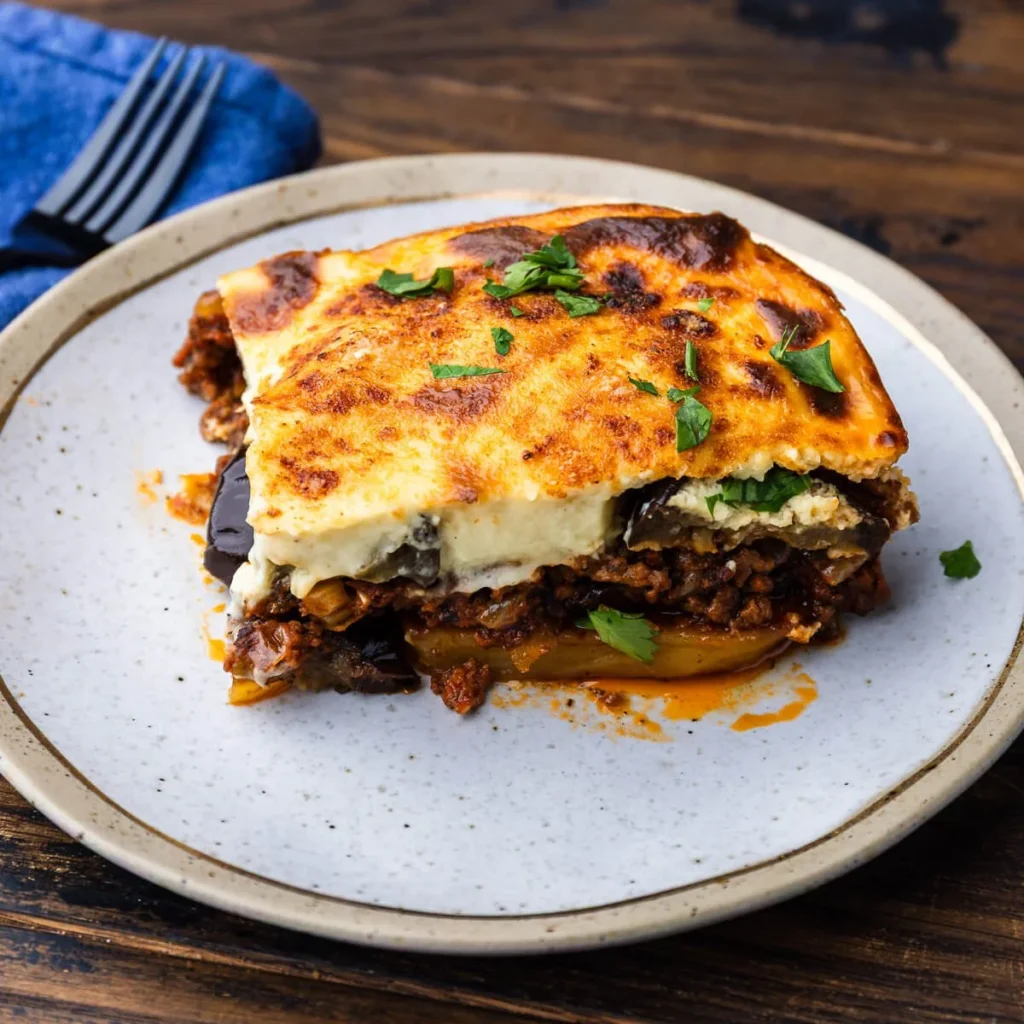
Arguably the most famous “traditional Greek dish,” moussaka is a layered casserole made of eggplant (often potatoes too), minced meat in tomato sauce, and a creamy béchamel topping. Its modern form was popularised in the early 20th century when chefs blended French techniques and Greek ingredients. Greekality+1
Where to try it: many tavernas in Athens, especially in the Plaka or Psyrri districts. Travel tip: ask for “house moussaka” (σπιτική μουσακάς) — locals respect it.
2. Souvlaki

Street-food simplicity at its best. Souvlaki is small pieces of meat (pork, chicken, lamb) grilled on a skewer, often served in a pita with tzatziki, salad and fries. Greekality+1
Where to try it: stand-up counters in Athens (look for locals lining up) or seaside spots in the islands. Travel tip: try the wrap version if you’re on the move.
3. Tzatziki
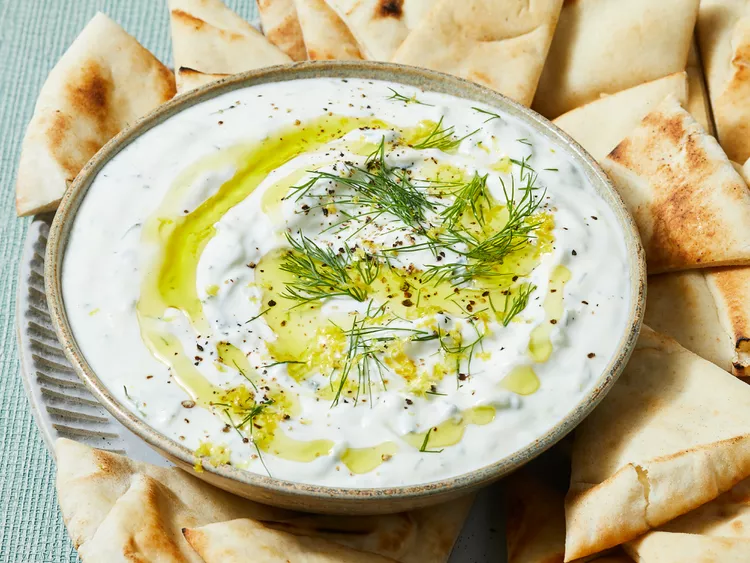
A classic dip/side dish built for summer in Greece. Made from thick Greek yogurt, cucumber, garlic and olive oil, Tzatziki adds coolness to grilled meats or slabs of bread. Greekality+1
Highlight: It’s a great vegetarian-friendly dish and offers a straightforward taste of the cuisine’s core: olive oil, yogurt, herbs.
4. Spanakopita
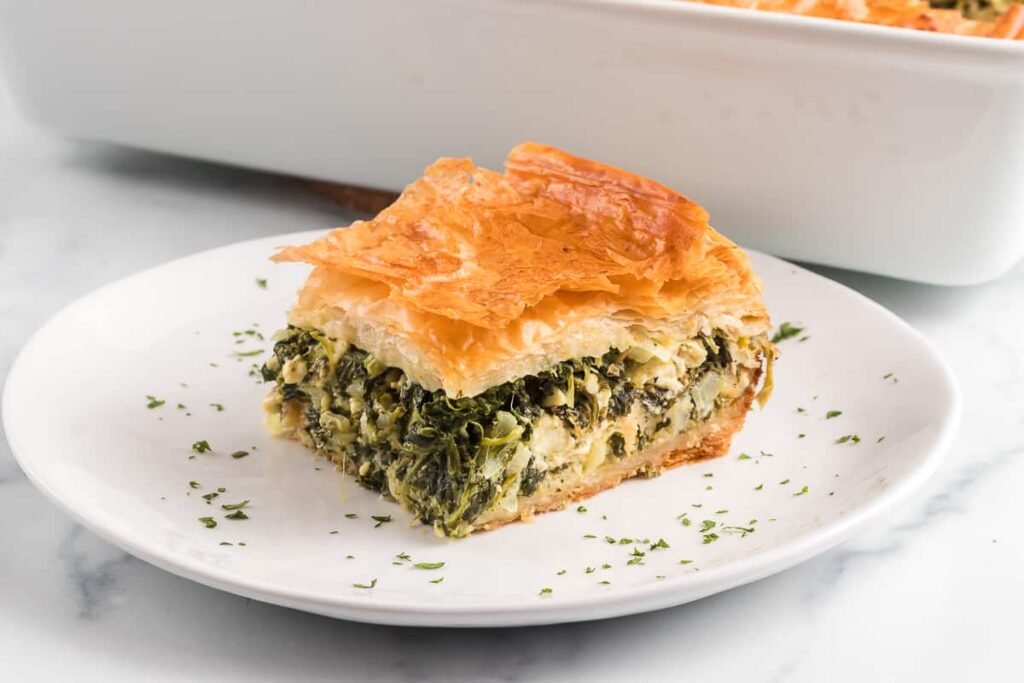
One of the many beloved pies in Greek cuisine. Spinach, leeks, herbs and feta cheese are wrapped in phyllo dough and baked till crisp. It’s comforting, crispy and deeply connected to Greek home-cooking. Greekality
Where to try it: bakeries in Athens or local cafés on Crete and the Peloponnese. Ideal for lunch or just a light bite.
5. Dolmades
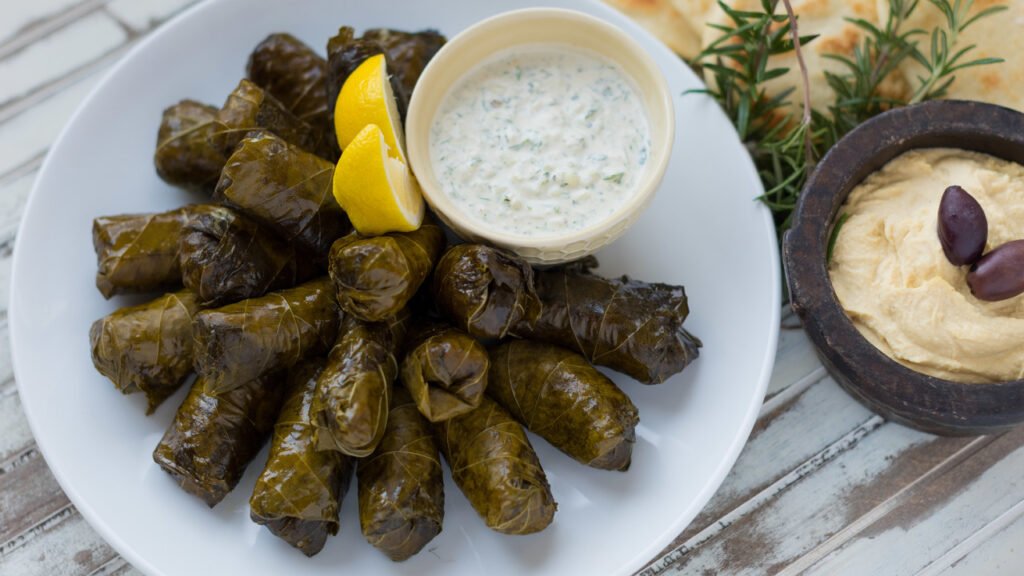
These are vine leaves (or sometimes cabbage leaves) stuffed with rice, herbs, and sometimes mince meat — then served hot or cold, often with a squeeze of lemon or egg-lemon sauce. Greekality+1
Worth ordering: the vegetarian version (without meat) is common and flavoursome.
6. Greek Salad (Horiatiki)
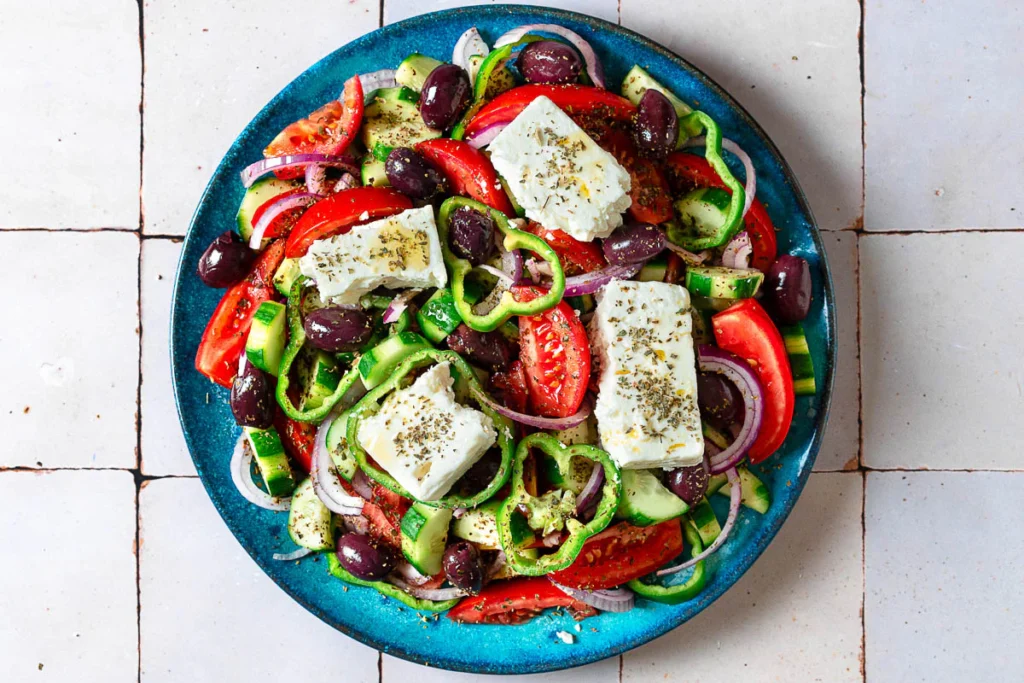
Simple, fresh and vibrant. A traditional Greek salad (in Greek: χωριάτικη) of tomatoes, cucumber, olives, red-onion, feta cheese and olive oil. Greekality+1
Note: While many countries serve it, trying it in Greece means tasting with true ingredients — local olive oil, Thessaloniki feta, sun-ripened tomatoes.
7. Kleftiko
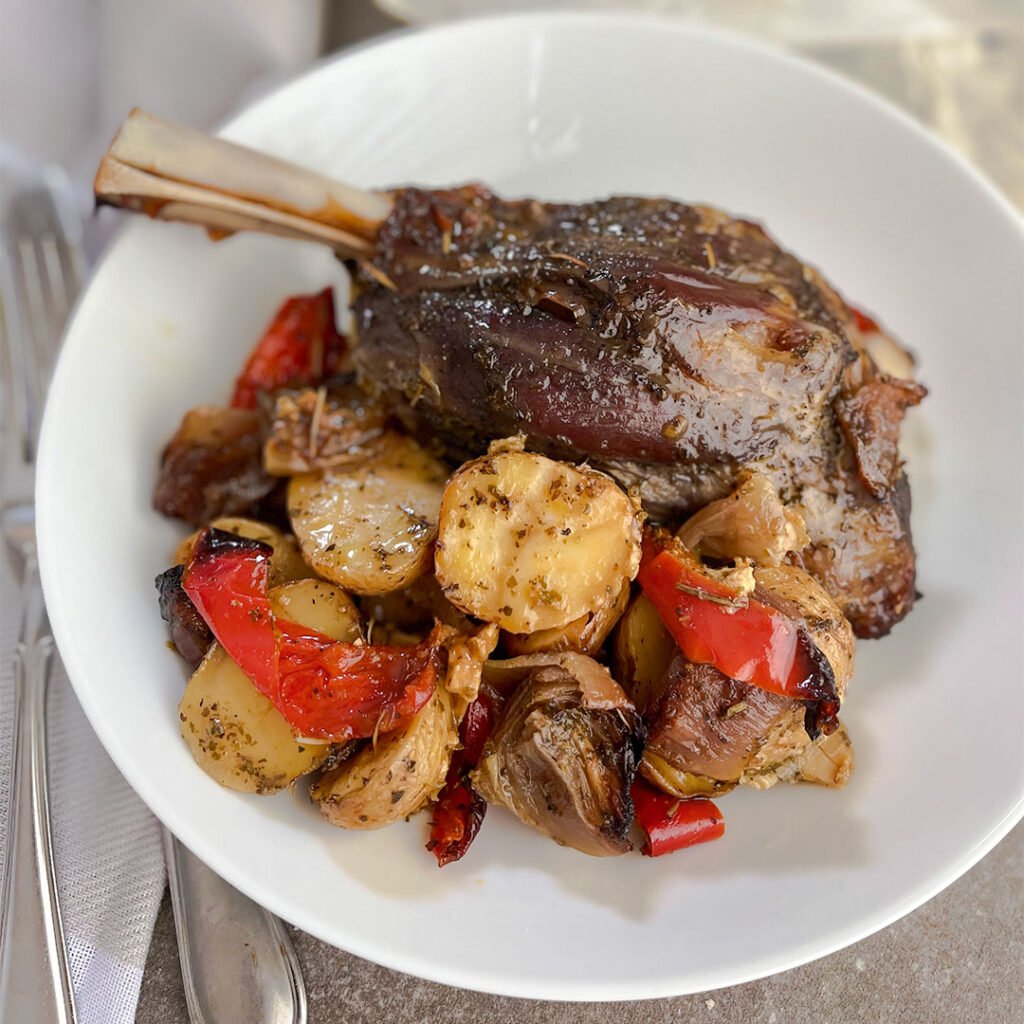
Slow-cooked lamb (or goat) often sealed in parchment or cooked underground in a pit (historically for the klephts, mountainous rebels). The flavours are rich, tender and herb-laden. Greekality
Where: rural tavernas; ask for “lamb kleftiko” and let them know you’re keen to wait (it’s slow-roasted).
8. Stifado
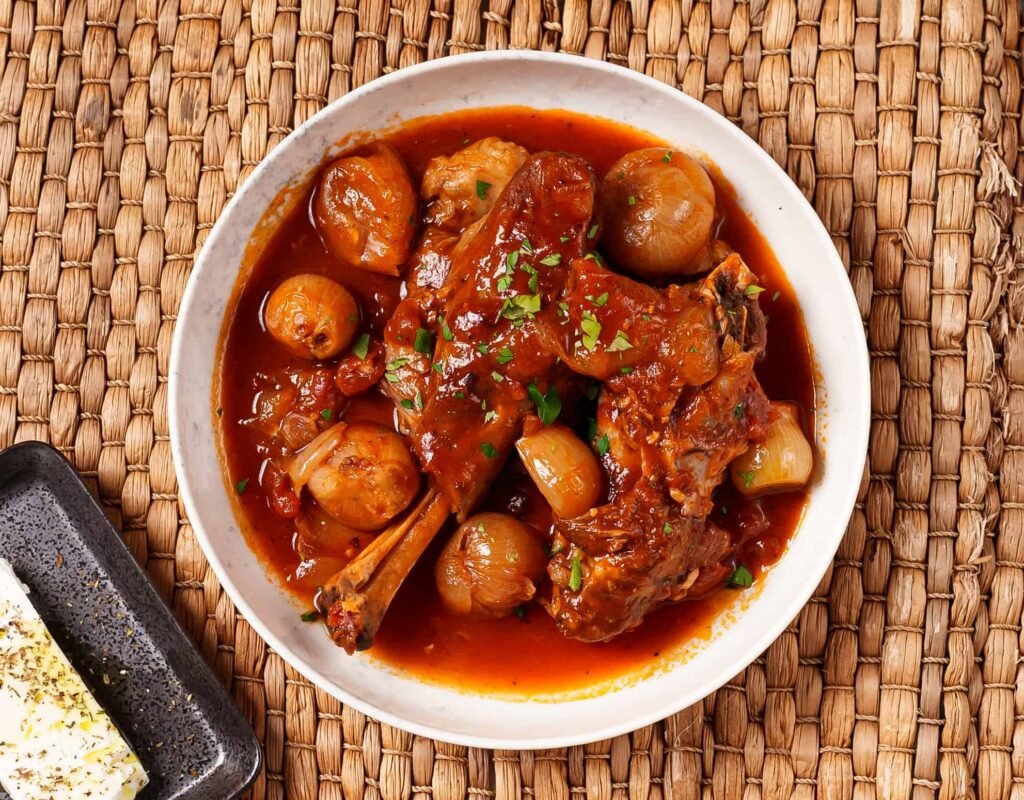
A hearty stew, commonly made with beef or rabbit, pearl onions, tomato, wine or vinegar and warm spices like cinnamon and clove. It’s a dish of comfort and tradition. Greekality
Tip: Best enjoyed in colder months or mountain villages — pairs well with a red Greek wine.
9. Briam
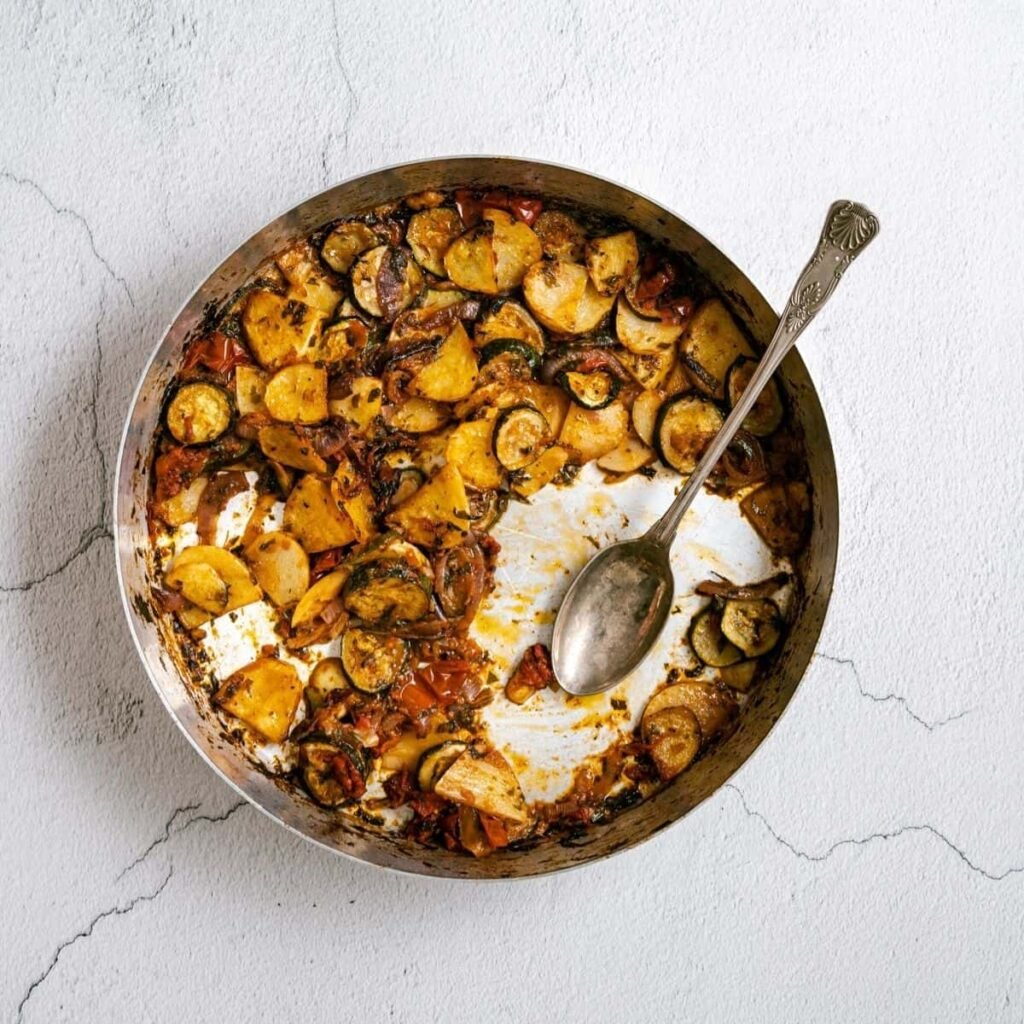
The Greek version of a ratatouille: roasted summer vegetables (eggplant, zucchini, potato, tomato) cooked in olive oil (“ladera”) and herbs until tender. Greekality+1
Perfect for vegetarians/vegans, and offers a true taste of Mediterranean produce.
10. Loukoumades

End your meal (or start the sweet part of your day) with these little fried dough balls drizzled with honey and sprinkled with cinnamon. One of the oldest recorded pastries in Greece. Greekality
Where: street-vendors or dessert cafés. Tip: eat them hot and fresh for best texture.
Why these dishes matter
These “traditional Greek dishes” matter for three reasons:
Cultural roots – Many date back centuries, blending ancient Greek, Byzantine and Ottoman influences.
Regional variety – You’ll find versions of these dishes across the islands, mountains and mainland — each with local flair.
Travel-friendly – Whether you’re in Athens, Santorini, Crete or a lesser-known village, you’ll find them in tavernas or cafés.
Also, these dishes give you insight into Greek life: family meals, fresh produce, olive oil at its best, herbs gathered by locals. One blog I read about food tourism calls this the “culinary journey” that connects you to place. One Girl, Whole World+1
How to try them like a local
Here are some travel-friendly tips to make your food exploration richer:
Ask questions: When you order, ask the local: “Is this house-made?” or “What region is this recipe from?”
Visit tavernas with locals: If you see mostly local diners (not just tourists) it’s a good sign.
Try off-menu: Ask for “today’s special” or local version of a dish — you might find a regional twist.
Explore small towns: Big resorts may serve generic versions — smaller villages often have authentic preparations.
Mind the seasonality: Some dishes shine in particular seasons (e.g., lamb in spring, roasted vegetables in summer).
Pair with sides and wine: Nearly every dish goes better with watermelon salad, olive oil-dipped bread, and a local wine or tsipouro (Greek spirit).
Dietary adjustments: Vegetarian? Ask for “χωρίς κρέας” (without meat) versions — many dishes like briam, dolmades, spanakopita are naturally meat-free.
Where to focus if you have limited time
If you’re visiting Greece for only a few days and you want to try the best of the list, I’d suggest this quick plan:
Day 1 in Athens: Greek salad, tzatziki, souvlaki.
Day 2 island-hop or mainland: moussaka for dinner, then loukoumades for dessert.
Day 3 rural/less tourist spot: kleftiko lunch, briam dinner or stifado if it’s cooler weather.
Snack & walk: spanakopita and dolmades on the go.
More than food: The story behind the flavour
Every dish here carries history. For example:
Moussaka was refined by chefs blending French technique with Greek ingredients. Greekality
Kleftiko’s origin tied to mountain fighters hiding out and cooking slow under the earth. Greekality
Briam reflects the idea of “ladera” (cooked in olive oil) — something deeply Mediterranean.
When you taste a dish, remember: you’re tasting centuries of culture, climate, geography and tradition. That awareness makes the food experience richer.
Final thoughts
Travelling in Greece is not only about pictures of blue roofs and white walls. It’s about waking up your senses. It’s about sun-warmed tomatoes, sharp-herbed tzatziki, wood-smoke from the grill, honey syrup dripping off loukoumades.
By exploring these 10 traditional Greek dishes, you’ll gain more than flavour — you’ll gain story, connection, memory. Pack your appetite, pick your journey and let your taste-buds lead the way.

2 comments
wohh just what I was looking for, appreciate it for posting.
Thanks for sharing. I read many of your blog posts, cool, your blog is very good.